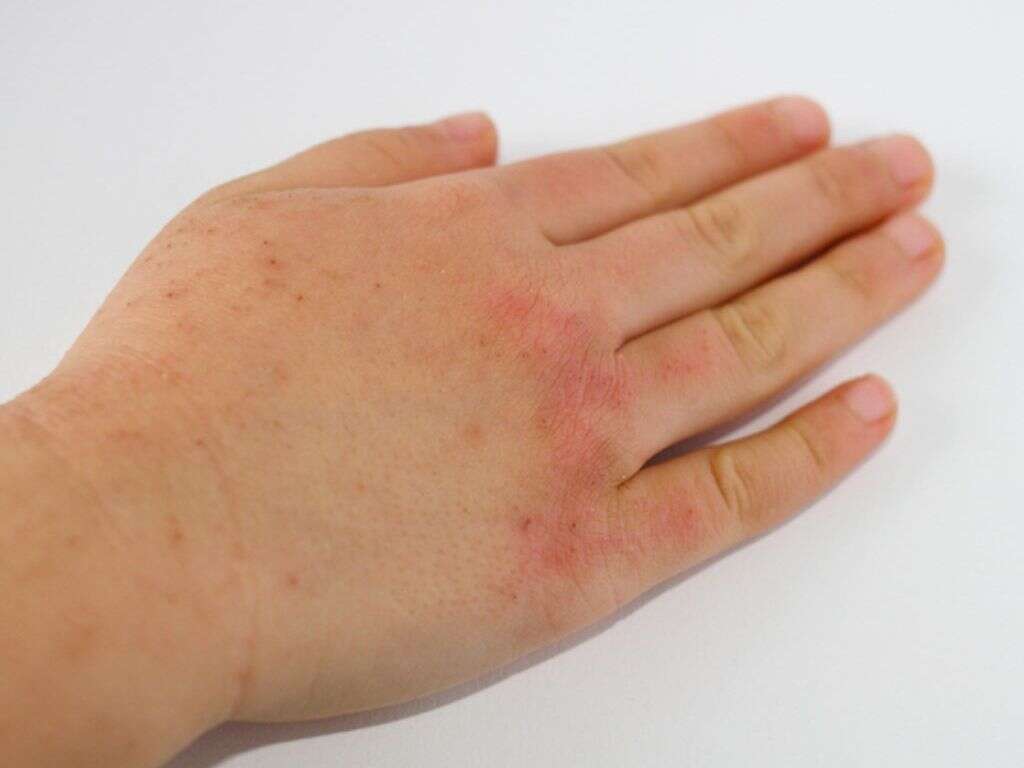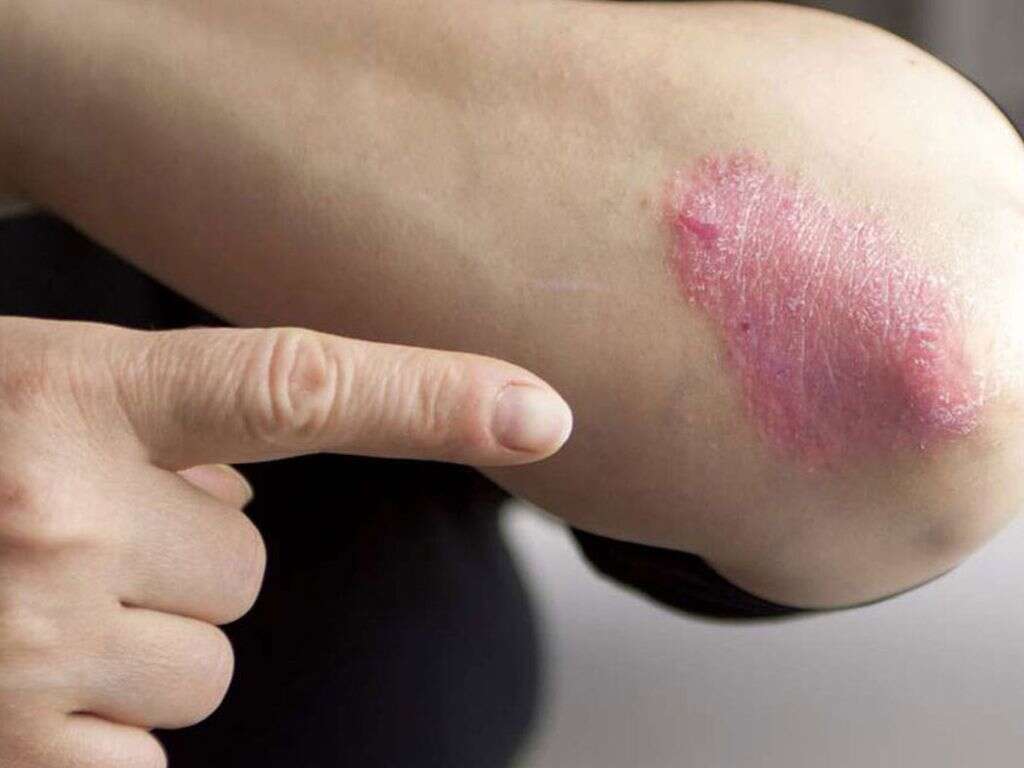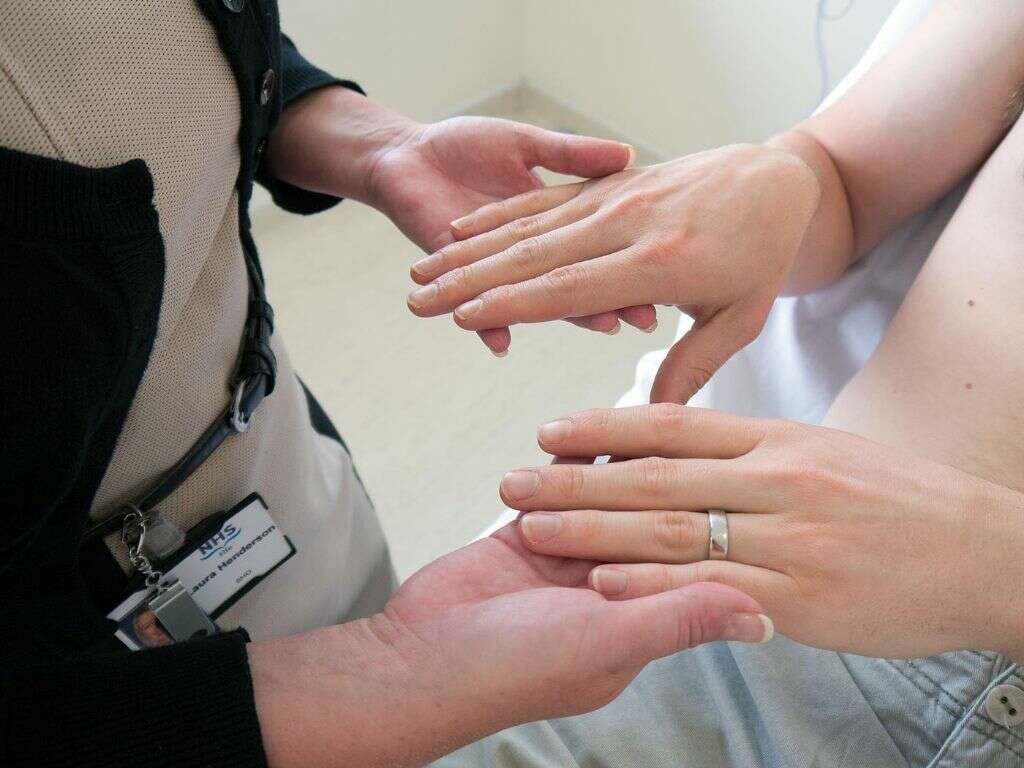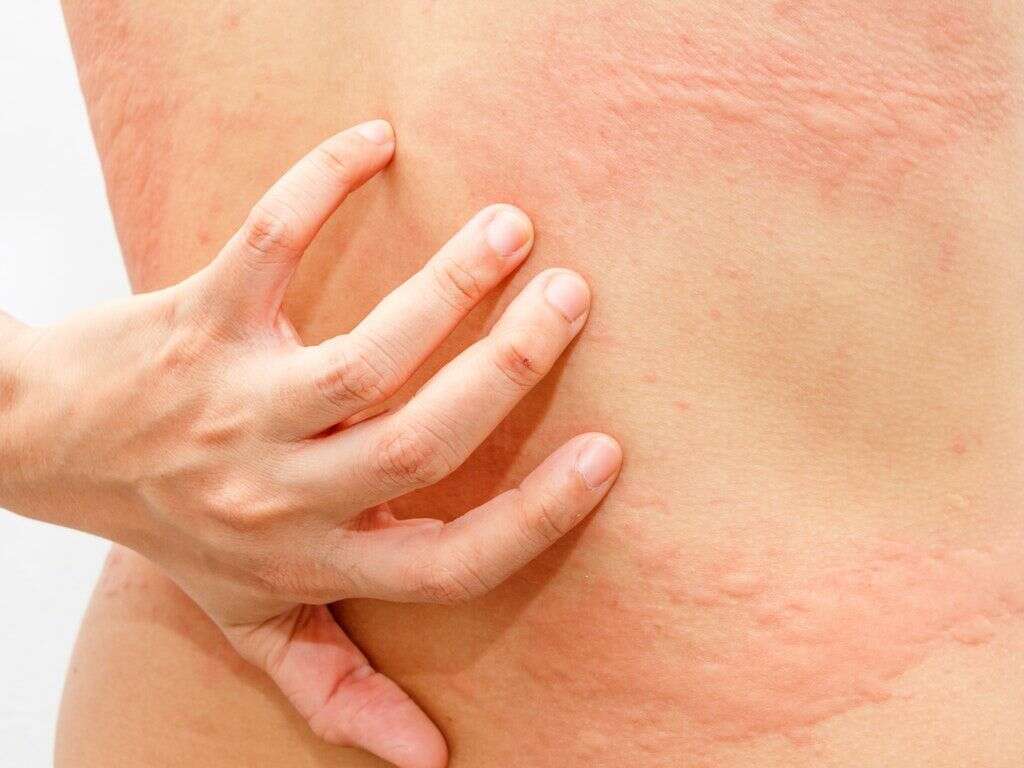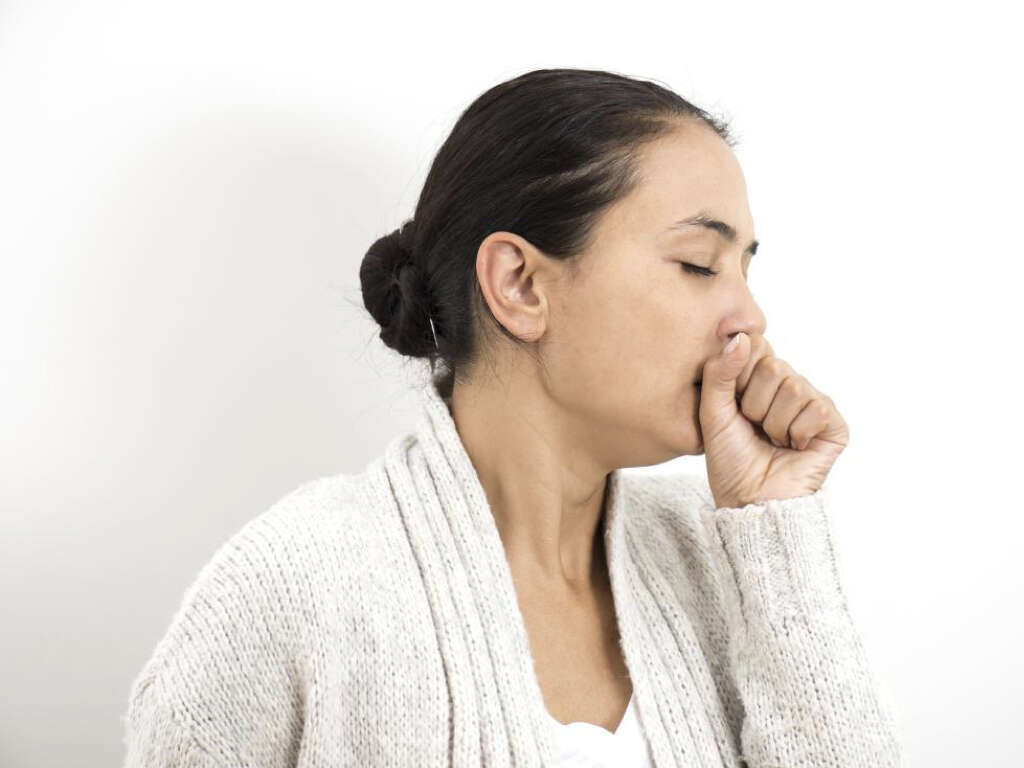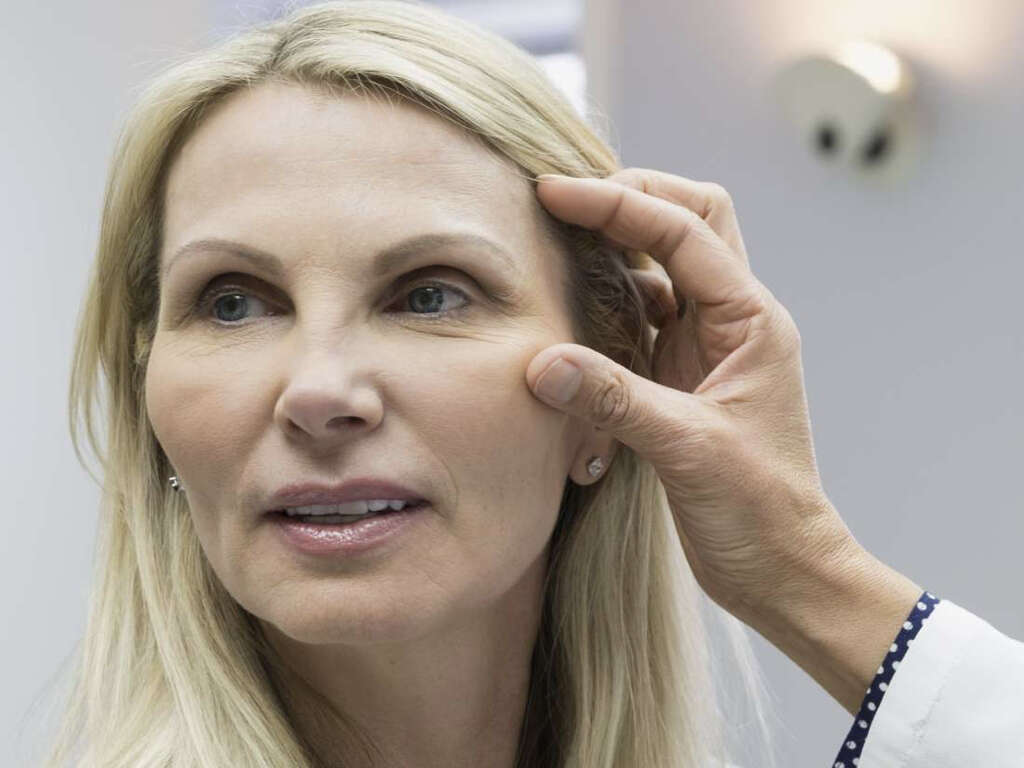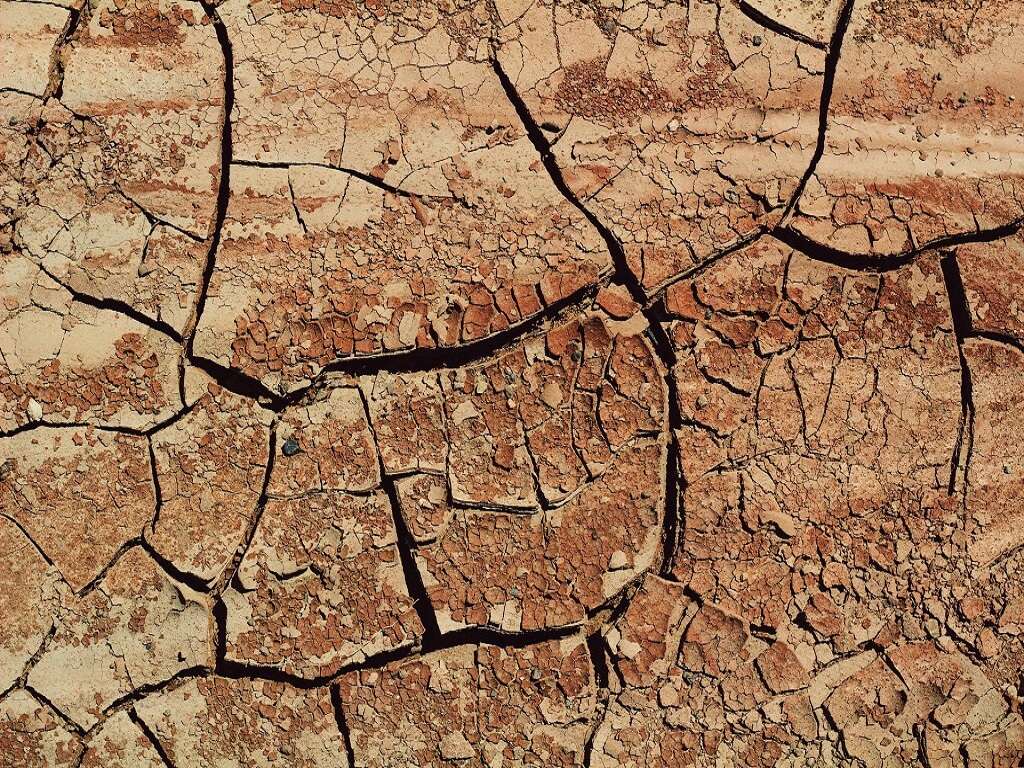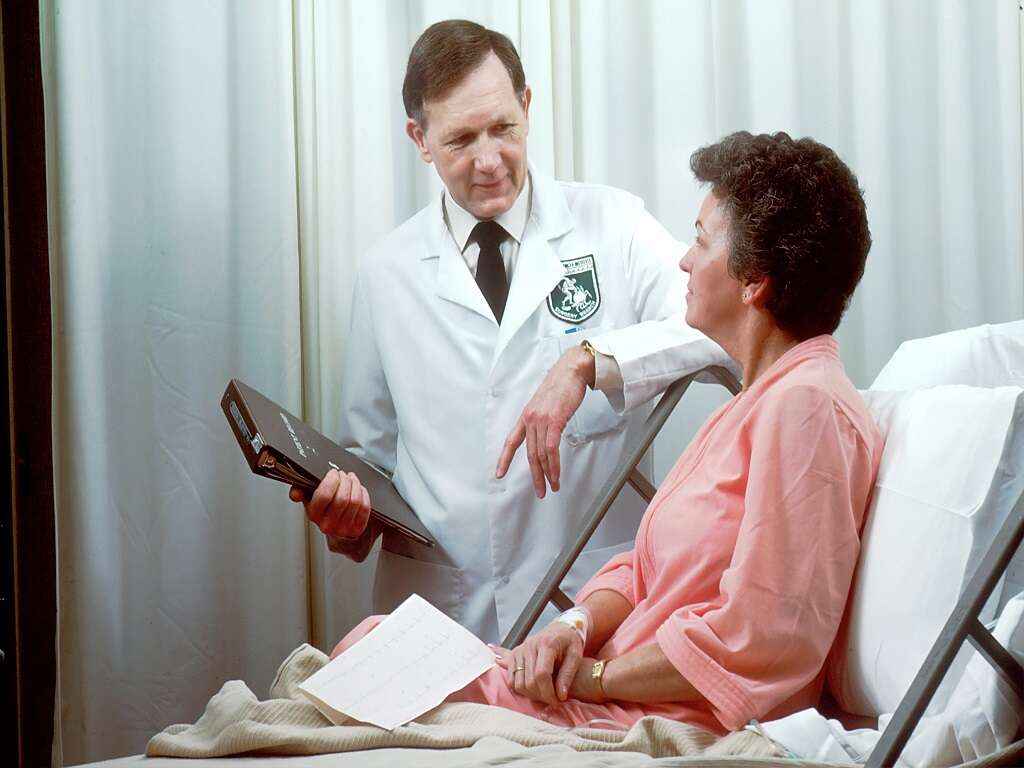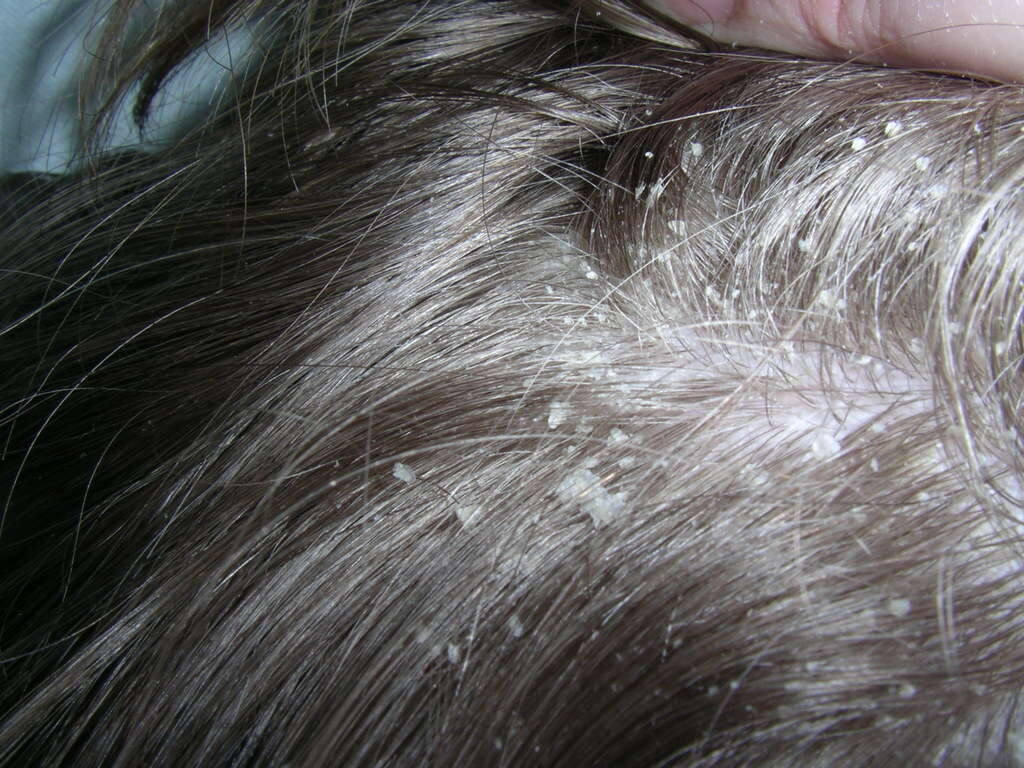What Is Ichthyosis?
It is important that we keep our skin in the best shape possible. This is not only because of physical appearances, but also because healthy skin is important for good health overall. This is usually not much of a problem, provided we live reasonably healthy lives, but it is not as easy for a lot of people.
Some people are born with medical conditions that affect their skin, while some people will develop such problems later in life. These conditions can cause problems with the skin in various ways and some will cause considerable discomfort. One example of such a skin condition is ichthyosis, and it can be life-changing for some people.
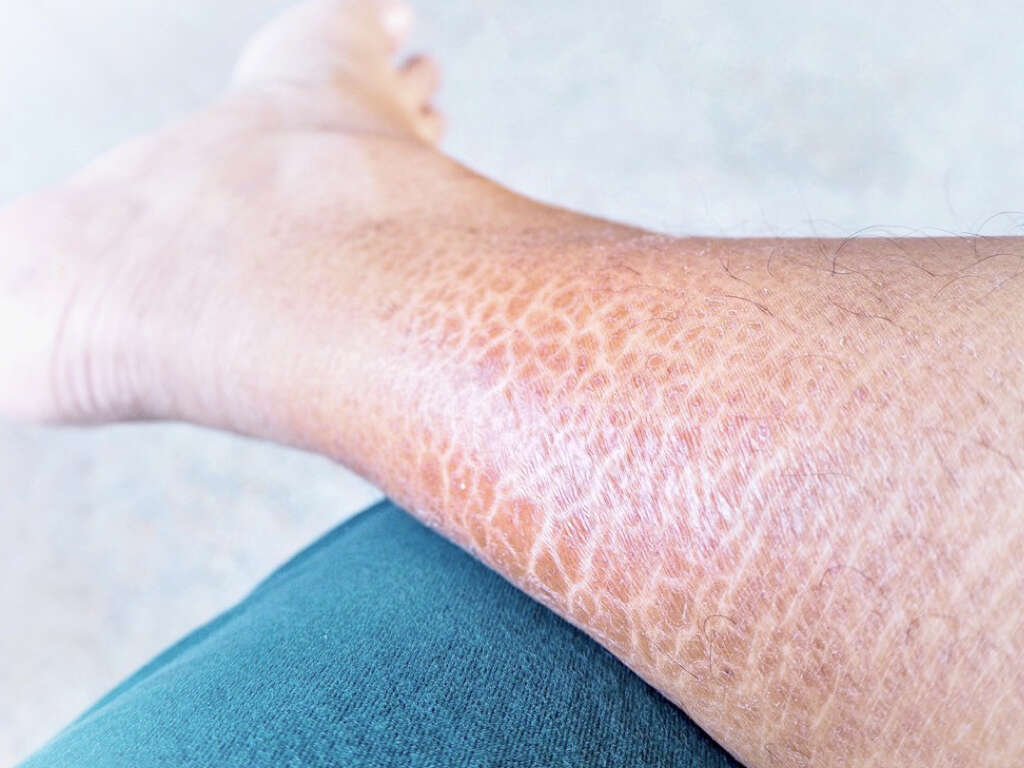
1. Ichthyosis
Ichthyosis is a disease that gets its name from the Greek word for fish. It is so called because of the way the disease causes the skin to become scaly. Ichthyosis is not a single disease, but is a blanket term for a group of around 20 related skin conditions. The diseases can be inherited genetically, while they can also be acquired later in life.
The disease causes the patient’s skin cells to shed too slowly, and/or for new cells to arrive too soon. Ichthyosis also causes the patient to lose the barrier that would otherwise help to keep moisture within their skin. The result is thick layers of skin that can be very dry and scaly.

2. Different Types
As mentioned, there are around 20 different types of ichthyosis, and the symptoms will vary between the different types. The majority of these are very rare but the most common variety will affect around 1 in every 250 people. This type is known as ichthyosis vulgaris.
Ichthyosis vulgaris is an inherited disorder, and the symptoms will often go unnoticed until childhood. Some people will have such a mild case of the disease that it will simply be mistaken for the patient having particularly dry skin. The more severe cases can have a considerable negative impact on the patient’s quality of life.
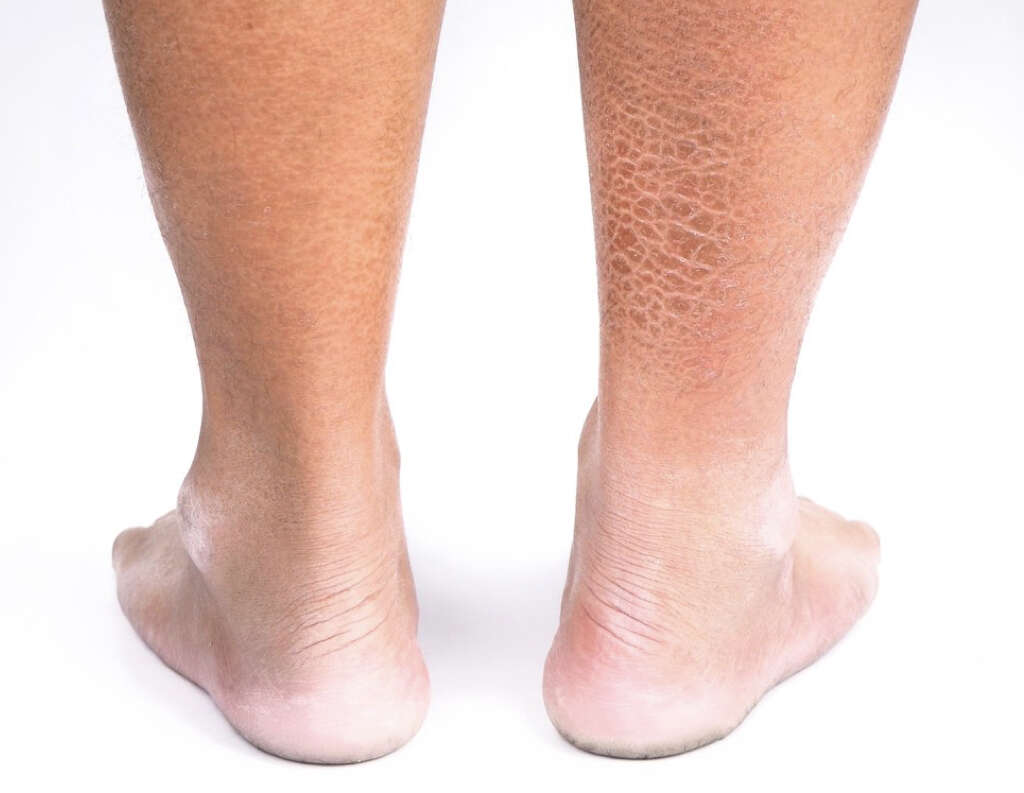
3. Inherited Ichthyosis
Some types of ichthyosis are inherited and are the result of unwelcome mutations to genes. In some cases the patient’s parents have the gene, which is then passed on when the child is conceived. At other times, neither parent will have the gene responsible, but the mutation takes place randomly in the egg or sperm, and/or at the point of conception.
In this instance, the genes affected are those that influence the production of certain proteins. These proteins will usually help to protect your skin, keeping it moisturized and soft. The same genes are also responsible for influencing the shedding and production of new skin cells.
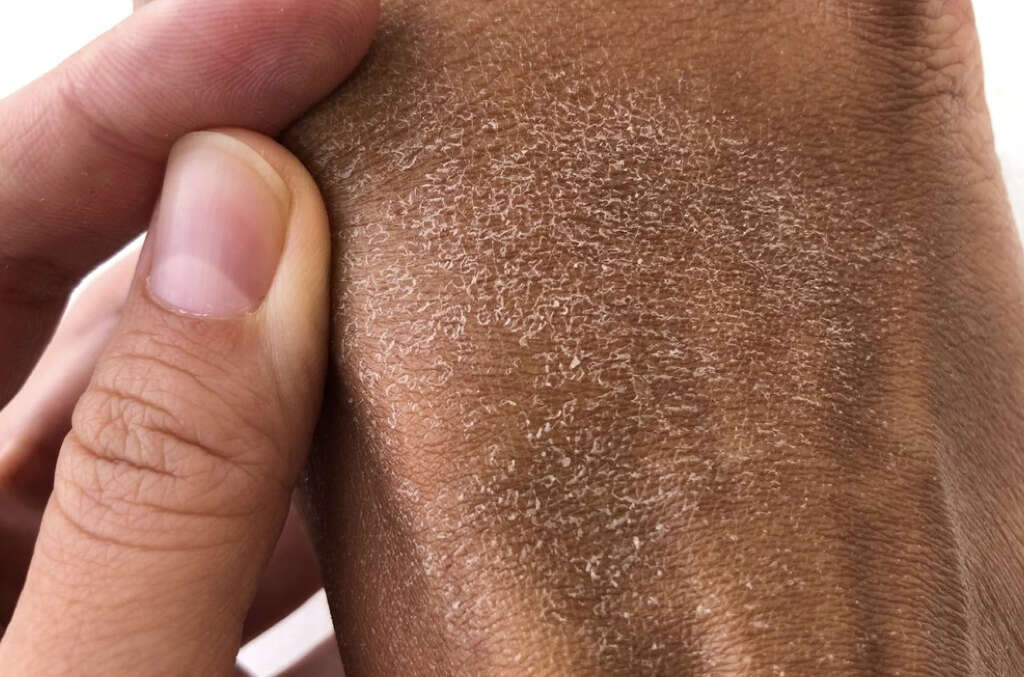
4. Acquired Ichthyosis
As the name suggests, acquired ichthyosis is not an inherited condition, and it will typically start in adulthood. It is not at all well understood why it happens, but we do know that it is often triggered by other medical conditions. One of these is kidney disease, and an underactive thyroid is another potential trigger.
Cancer is another potential trigger, as is HIV/AIDS, and a rare condition known as sarcoidosis is another potential factor. Other triggers include some medications that are used to treat high cholesterol. Some medications that are used to treat certain types of cancer are also associated with acquired ichthyosis.
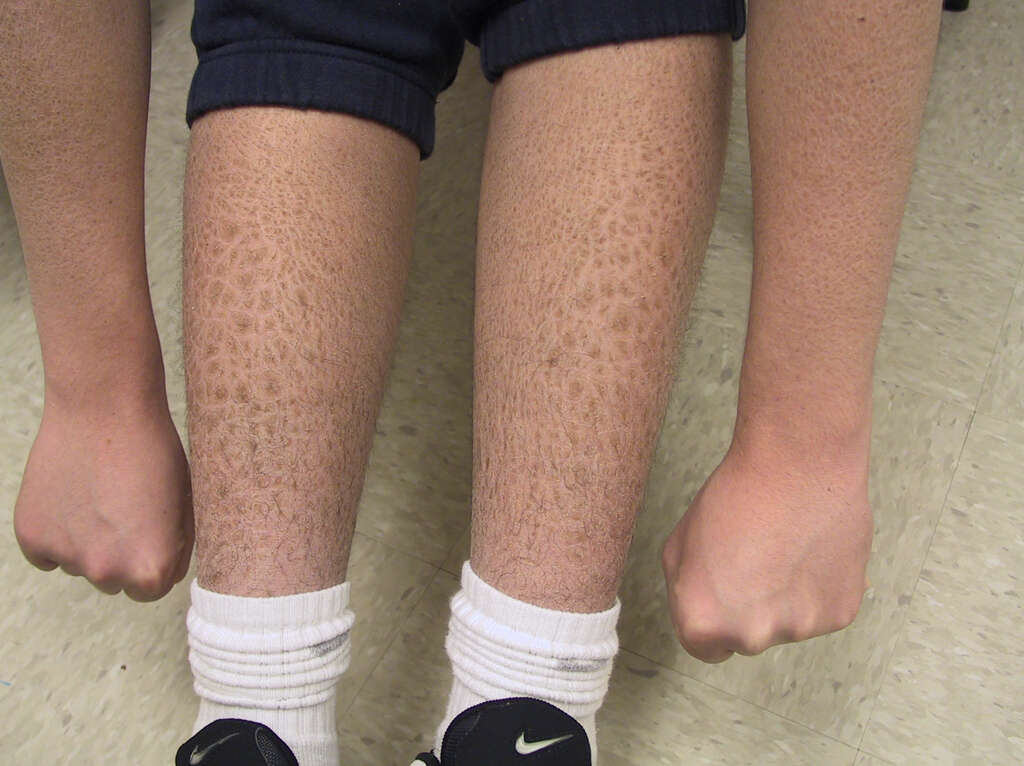
5. Symptoms
The main symptom of ichthyosis is dry, scaly skin and the severity of the symptom can range from being mild to severe. The affected skin will also tend to be white or gray in color, although they will also sometimes be dark brown. The symptom can be located pretty much anywhere on the body including the trunk, legs, buttocks, stomach, and face.
Other symptoms of the condition will depend on which type of ichthyosis the patient has. These can include skin so tight that it restricts the patient’s mobility. The patient will also sometimes develop deep cracks in their skin while itchiness, peeling, and pain are other potential symptoms. The skin may also turn red, and blisters may develop.

6. Complications
In addition to the symptoms mentioned, ichthyosis will also go on to cause potentially serious complications in some patients. These symptoms include dehydration and infections, and the patient can also overheat due to not being able to sweat. Hair growth will also be slower than usual in some cases.
Some patients with ichthyosis will burn off more energy than usual. If the condition is able to cause damage to the cornea then the patient can begin to experience vision problems. In the more severe cases, it may even cause damage to the brain and other parts of the central nervous system.
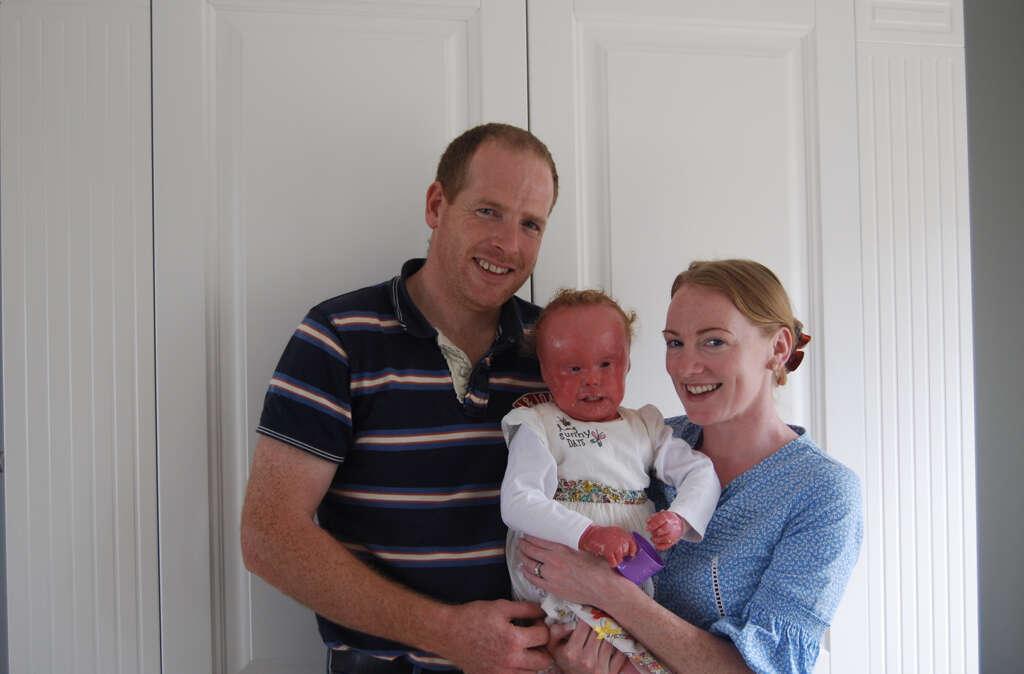
7. Complications in Men
Ichthyosis will sometimes cause complications in the male reproductive organs. One of these is that tight, thick skin can prevent the testicles from descending from within the body. This, and other factors, can cause the patient to have a low sperm count, potentially making them unable to have children.
Ichthyosis can also cause damage to the testicles that increases the chances of testicular cancer developing. This is a potentially serious condition but, thankfully, it is relatively easy to treat provided it is caught soon enough. All men are recommended to check their testicles regularly to help look for signs of cancer.

8. Depression
Even mild cases of ichthyosis can affect the patient’s physical appearance to the point where they are uncomfortable with it. In the more severe cases, the patient’s physical appearance can be such that it has a considerable negative impact on their self-esteem, and their quality of life.
The patient may shy away from social events because of their appearance and they may also feel uncomfortable in trying to make new relationships with people. In some cases the patient may become depressed, and it may sometimes cause them to try and take their own life. Anybody with depression should be found the help that they need.
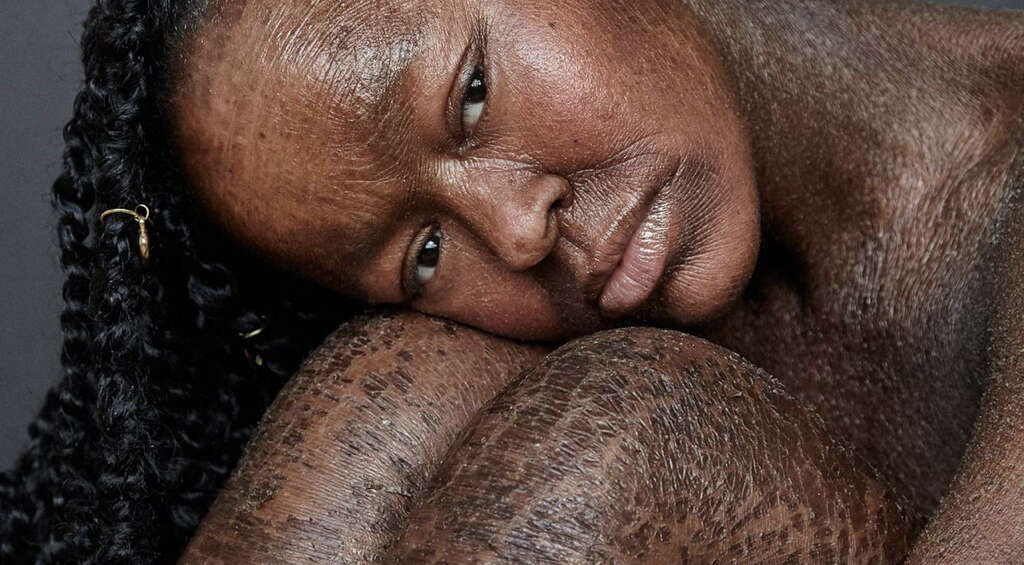
9. Diagnosis
Ichthyosis will often be mistaken for dry skin and many people with the condition are unlikely to speak with a doctor about it. For those that do speak with a doctor, they may be referred to a dermatologist, depending on their symptoms. The dermatologist is then likely to request tests so that the condition can be confirmed.
Tests will typically include a biopsy. This means taking a sample of affected skin so it can be sent to a laboratory for close analysis. A saliva sample may also be taken and will help the experts to look for abnormalities in the patient’s genes.

10. Treatments
As things stand there is no known cure for ichthyosis. However, treatment is available that can at least help to reduce the severity of the patient’s symptoms. This will typically involve creams that will help to moisturize the skin and prevent too much moisture from escaping.
Depending on their symptom, the patient may also need to remove some of their skin each day. This is often achieved with the help of a pumice stone. Treatment may also be needed for any complications that might occur such as infections and dehydration. Treatment for depression will also be necessary in some cases.




